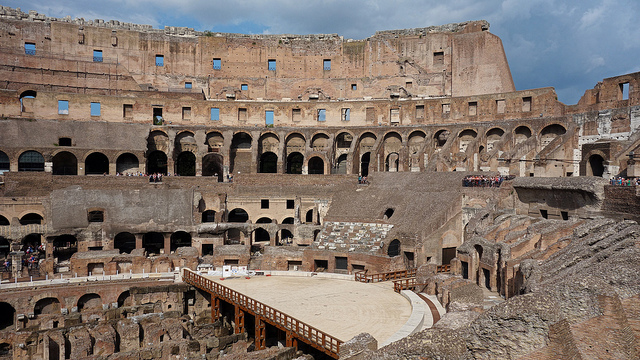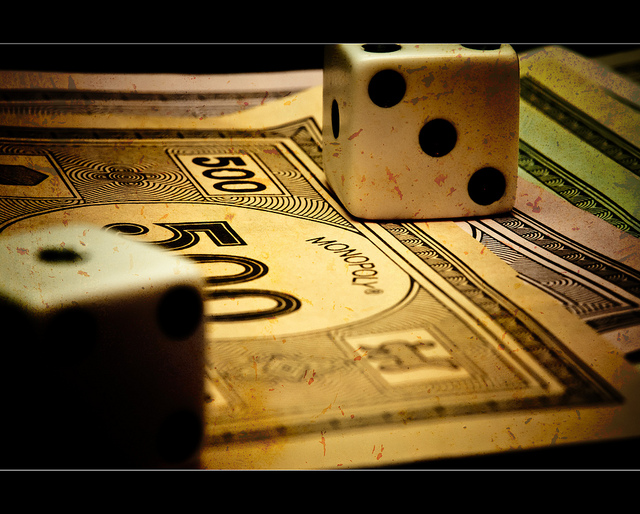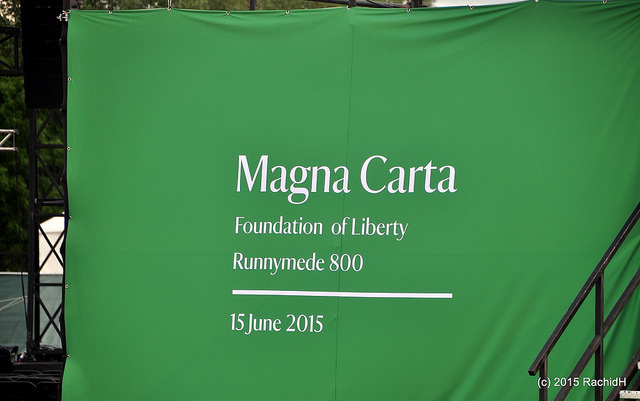Trade and Commerce: the Pillars of Peace and Prosperity
The Roman Empire contained a vast network of trade routes. There were sea routes that covered the Mediterranean and Black Seas, and they built numerous roads to construct land routes. using the roads built by the Romans. The roads facilitated both the movement of goods and soldiers.
The Romans made trade as easy as possible. There was only one currency used and there were no complicated customs dues. Trade encouraged peace within the Empire and was vital to its success. When the Empire collapsed, trade throughout the lands that had once comprised the Roman Empire also collapsed. The Mediterranean Sea became a dangerous place for merchants as there were no powers to control the activities of pirates, who marauded as far north as the English Channel.
The Romans imported a whole variety of materials: beef, corn, glassware, iron, lead, leather, marble, olive oil, perfumes, purple dye, silk, silver, spices, timber, tin and wine. Their main trading partners were in Spain, France, the Middle East and North Africa. Britain exported lead, woolen products, and tin. In return, it imported from Rome wine, olive oil, pottery, and papyrus. British traders relied on the Romans to provide security within the Empire. When this collapsed and Europe was seemingly overrun by Barbarians, no one could guarantee traders that their products would get through.
The Pax Britannica, or ‘British Peace’, was consciously modeled on the Pax Romana. Like its Roman predecessor, the Pax Britannica was upheld by the free trade and enterprise.
The British had a sense of imperial mission and sought to bestow the benefits of their civilization and the culture of commerce upon nations and tribes, just as the Romans had done many centuries earlier. The imposition of the British norms of law and order was a notable feature of the Pax Britannica.
The Pax Britannica was partly a result of the Industrial Revolution, which took off first in Britain in the middle of the eighteenth century and was firmly established by the time Queen Victoria ascended the throne in 1837. By the middle of the nineteenth century, Great Britain was producing about half the world’s commercial cotton cloth, which demonstrated the dominance of British textile manufacturing. In terms of heavy industry, British output was even more impressive, accounting for around two-thirds of the world’s coal production, half its iron, and almost three quarters of its steel. Britain was also the world’s leading investor, banker,insurer, and shipper. The returns on overseas investments increased from £10.5 million per year in 1847 to £80 million in 1887, by which time Britain had over £1000 million invested abroad. Britain was the primary world carrier, and consolidated this lead in the mid-nineteenth century when they switched from sail to steamships, yet another advantage brought about by early industrialization. All of this was achieved not by some big government development plans but through the spirit of entrepreneurship and free market.
The City of London was the center of most international financial transactions, including private and public loans, currency exchange, insurance, and the sale and purchase of commodities. The international system of free trade (laissez faire capitalism) underpinned British economic dominance because as the world’s leading manufacturer Britain could produce and sell commodities more cheaply than its competitors. It also stimulated an unprecedented economic growth and development around the world.







